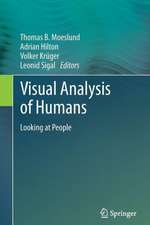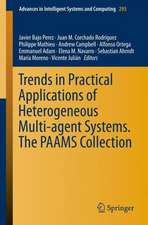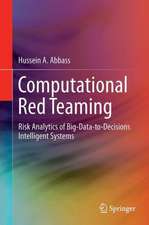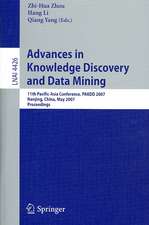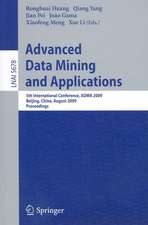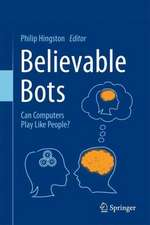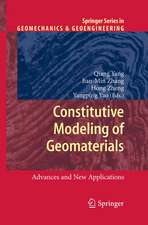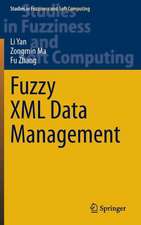Constraint-Based Design Recovery for Software Reengineering: Theory and Experiments: International Series in Software Engineering, cartea 3
Autor Steven G. Woods, Alexander E. Quilici, Qiang Yangen Limba Engleză Hardback – 30 noi 1997
| Toate formatele și edițiile | Preț | Express |
|---|---|---|
| Paperback (1) | 1267.63 lei 6-8 săpt. | |
| Springer Us – 12 oct 2012 | 1267.63 lei 6-8 săpt. | |
| Hardback (1) | 1273.92 lei 6-8 săpt. | |
| Springer Us – 30 noi 1997 | 1273.92 lei 6-8 săpt. |
Preț: 1273.92 lei
Preț vechi: 1592.40 lei
-20% Nou
Puncte Express: 1911
Preț estimativ în valută:
243.80€ • 253.59$ • 201.27£
243.80€ • 253.59$ • 201.27£
Carte tipărită la comandă
Livrare economică 14-28 aprilie
Preluare comenzi: 021 569.72.76
Specificații
ISBN-13: 9780792380672
ISBN-10: 0792380673
Pagini: 189
Ilustrații: XXII, 189 p.
Dimensiuni: 155 x 235 x 14 mm
Greutate: 0.48 kg
Ediția:1998
Editura: Springer Us
Colecția Springer
Seria International Series in Software Engineering
Locul publicării:New York, NY, United States
ISBN-10: 0792380673
Pagini: 189
Ilustrații: XXII, 189 p.
Dimensiuni: 155 x 235 x 14 mm
Greutate: 0.48 kg
Ediția:1998
Editura: Springer Us
Colecția Springer
Seria International Series in Software Engineering
Locul publicării:New York, NY, United States
Public țintă
ResearchCuprins
1. Introduction.- 1.1 Program Understanding.- 1.2 The State of The Practice.- 1.3 Conceptual Program Understanding.- 1.4 The Remainder of This Book.- 2. Plan-Based Program Understanding.- 2.1 Overview.- 2.2 Ast-Based Approaches.- 2.3 Graph-Based Approaches.- 2.4 Analysis of Previous Approaches.- 3. Program Understanding and Constraint Satisfaction.- 3.1 Introduction.- 3.2 Constraint Satisfaction Problems.- 3.3 Program Understanding as Constraint-Satisfaction.- 3.4 Modeling Existing Program Understanding Algorithms.- 4. Initial Experiments with Concept Recovery.- 4.1 Introduction.- 4.2 Experimental Framework.- 4.3 Experiments With Csp Solvers.- 4.4 Comparing Existing Approaches.- 4.5 Summary of Results.- 5. Additional Experiments with Concept Recovery.- 5.1 Introduction.- 5.2 Experimental Framework.- 5.3 Some Experiments With “Real” Programs.- 5.4 Experiments with Domain-Value Pre-Filtering.- 5.5 Experiments With A New Constraint-Based Algorithm.- 5.6 Summary.- 6. Program Understanding and AI Plan Recognition.- 6.1 Introduction.- 6.2 An Ai Approach to Plan Recognition.- 6.3 Problems with Applying AI Plan Recognition.- 6.4 Layered Map-CSP Versus the AI Approach.- 7. Improving our Constraint-Based Approach.- 7.1 Introduction.- 7.2 Addressing Problems with Layered Map-Csp.- 7.3 Integrated Understanding: PU-CSP.- 7.4 Solving Strategies for PU-CSP.- 7.5 PU-CSP Versus Layered MAP-CSP.- 8. Conclusions.- 8.1 Summary.- 8.2 Future Experiments.- 8.3 Future Modeling and Algorithm Development.- 8.4 Future Tool Development.- 8.5 Applying Plan Recognition to the Year 2000 Problem.- 8.6 Contributions to Artificial Intelligence.- 8.7 Final Remarks.- References.
















